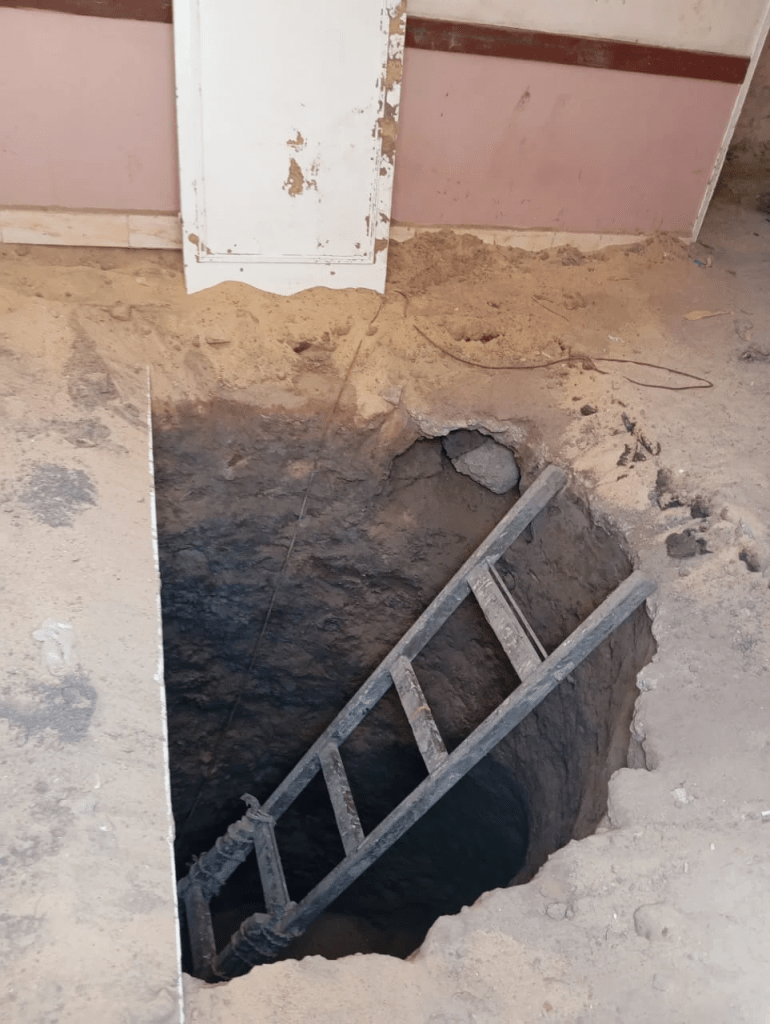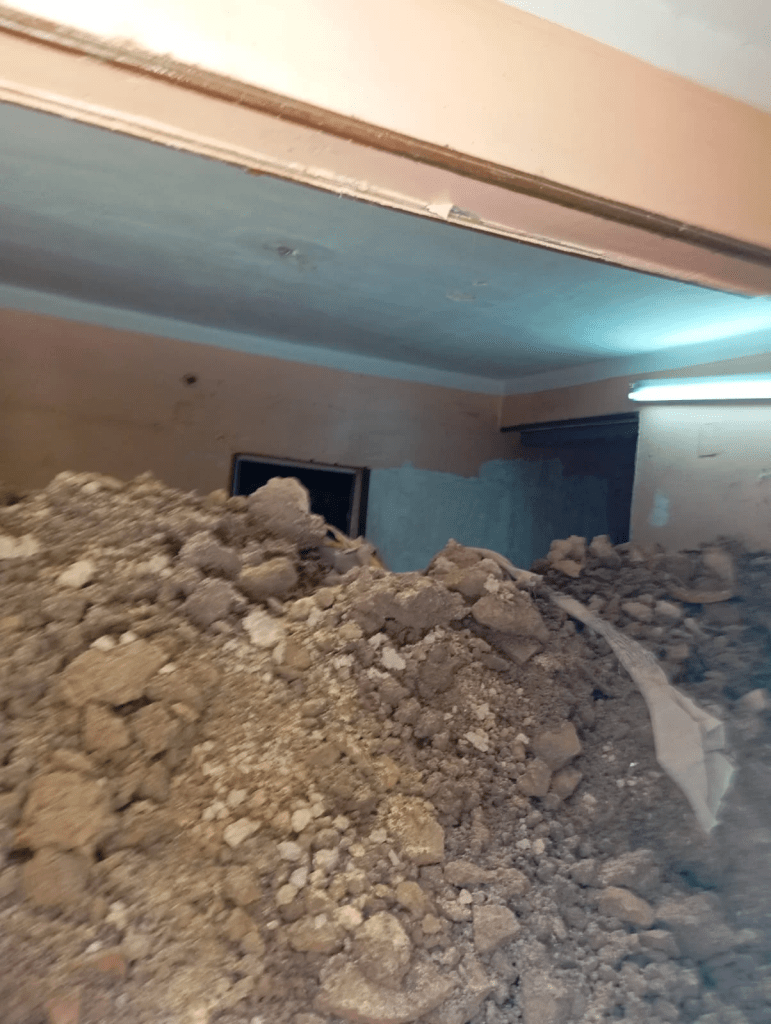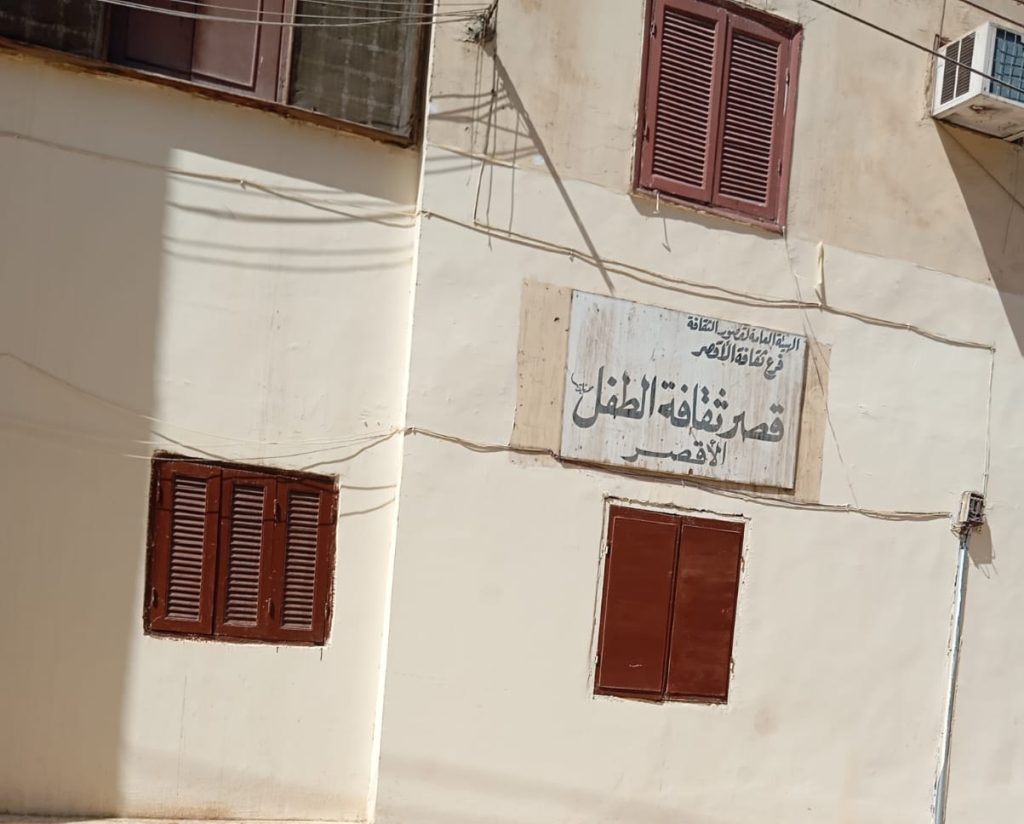A routine renovation project at the Child Culture Palace in Luxor has escalated into a full-blown investigation after suspicions of illegal antiquities excavation surfaced. What began as a structural issue turned into a shocking discovery, prompting immediate ministerial intervention and legal action.
Culture Minister Heads to the Child Culture Palace After Structural Collapse Alert
Minister of Culture Dr. Ahmed Fouad Heno was en route to Sohag to inaugurate the Akhmim Culture House when he received urgent reports of a structural collapse at the Child Culture Palace.
The site had been undergoing refurbishment since February. Suspecting something more serious, Heno rerouted his visit and headed straight to Luxor.


Unapproved Excavation Found Instead of Renovation Work
Upon arrival, the Minister found no signs of legitimate restoration. Instead, what he saw was a gaping hole, several meters deep, dug inside one of the palace’s rooms.
The excavation had not been approved and appeared to have no structural purpose, raising immediate suspicions of illegal antiquities digging. Even more concerning was the fact that there was no site supervision, and earlier directives from the Minister to expedite the work had been ignored.


Top Regional Officials Referred for Legal Investigation
Dr. Heno referred a wide range of officials to immediate investigation, including the former and current heads of the South Upper Egypt Cultural Region, the director of the Luxor branch, engineers, technicians, and the directors of both the Luxor and Child Culture Palaces, as well as the site’s security officer.
The Ministry also confirmed that the Luxor Public Prosecution Office has officially opened a case into the suspected looting.


State of Neglect Highlights Widespread Mismanagement
Beyond the hole, Heno described the overall condition of both the Luxor and Child Culture Palaces as unacceptable. Despite the supposed ongoing renovations, the buildings remained in poor shape — a clear sign of neglect and lack of oversight.
He stressed that these violations not only threaten Egypt’s cultural heritage but also waste public funds and hinder the country’s broader cultural development goals.


What started as a standard check-in on cultural infrastructure turned into the exposure of a suspected antiquities crime. With legal proceedings underway, the Ministry’s message is clear: no one is above accountability when it comes to safeguarding Egypt’s heritage.
WE SAID THIS: Don’t Miss…Three Ancient Tombs Unearthed In Luxor After 3,500 Years



